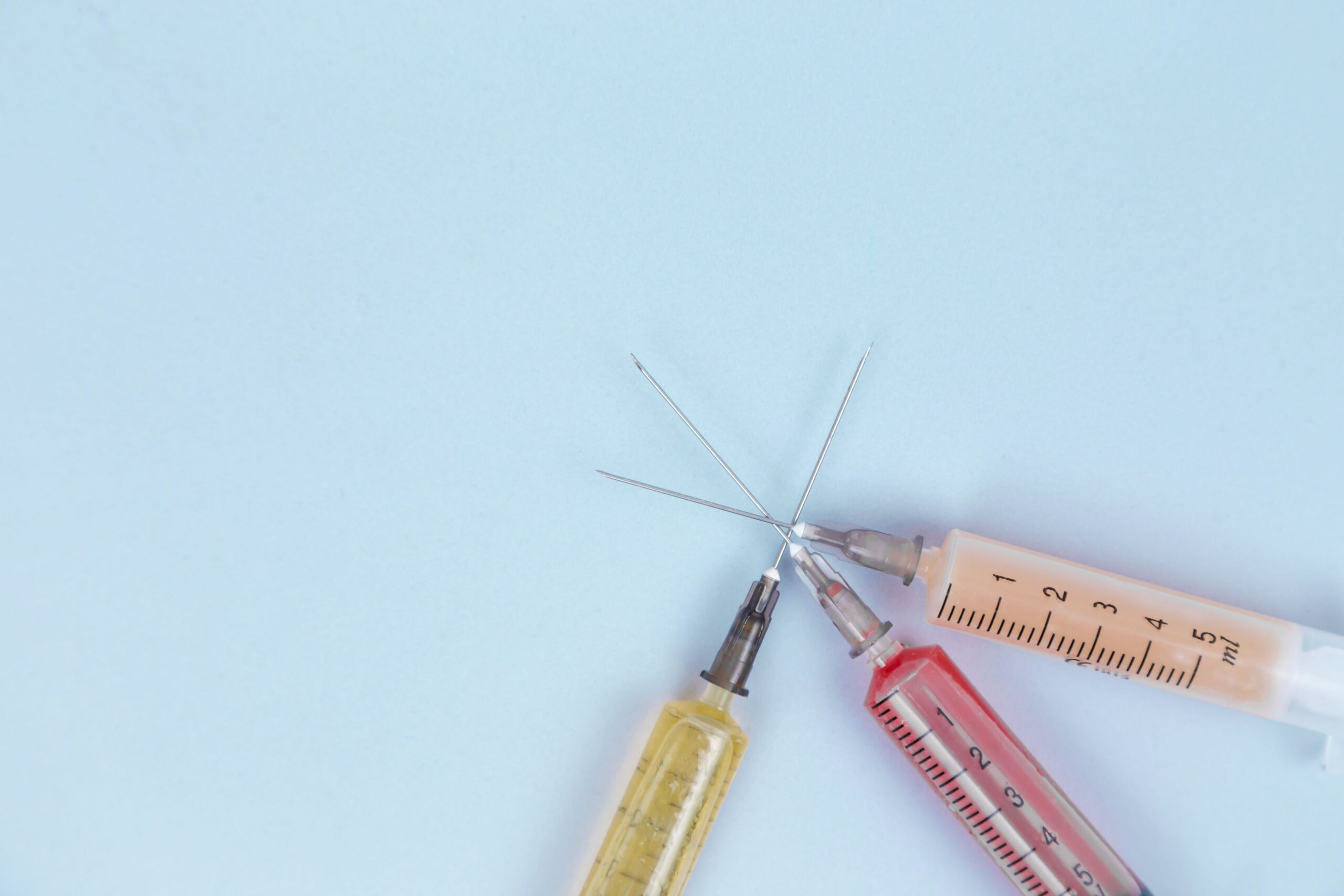
INJECTIONS GIVEN FOR JOINT PAIN
You probably want to know what your treatment choices are if you have joint pain, whether you recently started feeling it or you have been living with it for a long time. There are various non-surgical therapy options available, although many people think of joint replacement surgery as the primary treatment option for chronic joint pain. Therapeutic injections are one of the non-surgical options for treating joint discomfort.

What causes joint pain?
- Senior citizens frequently experience joint pain. Musculoskeletal conditions like arthritis, which bring about pain and inflammation, can be the cause. It can be brought on by the cartilage in the joints deteriorating over time.
- Sportspersons, especially those who play high-impact sports, may have joint pain and inflammation due to the force and repetitive movements of their particular game.
- Additionally, underlying diseases or medical disorders might cause joint pain.

The types of joint injections available to patients include:
Corticosteroid Injections:
One of the most popular kinds of therapeutic injections is the corticosteroid injection. To treat joint pain and inflammation, these injections combine a corticosteroid with an anesthetic numbing agent. Triamcinolone, methylprednisolone, and dexamethasone are examples of commonly used corticosteroids.
Hyaluronic Acid Injections:
Hyaluronic acid, which is present in joint fluid, lubricates and cushions the joint. The arthritic joint is lubricated by these injections. A gel-like fluid called synthetic hyaluronate is injected into the joint. There may be a single injection or a series of injections, depending on the situation.
Platelet-rich plasma (PRP) injections:
PRP injections, also known as platelet-rich plasma injections, make use of the patient’s own blood to enhance and accelerate the body’s normal healing process for the cartilage and other joint tissues.
Your blood platelets carry growth factors. According to research, injecting platelet-rich plasma growth factors from your own blood into a wound will aid in tissue repair by inducing the formation of new cells.
Placental tissue injections
It is created from substances that naturally reduce inflammation in placental tissue. Because it contains amniotic stem cells, it aids in reducing inflammation and fostering healing.
Specialists will choose the type of injection or dose combination to use based on how severe your pain is. Additionally, it will rely on your medical history and existing conditions.
Side effects of injection therapies
An extremely low chance of infection and soreness at the injection site are just a few of the side effects. If you receive a PRP injection, you must also temporarily stop using any oral anti-inflammatory drugs.
Joint injection complications are rare, but they could include:
- Infection
- Swelling at the injection site
- Bleeding at the injection site.
The benefits of joint injections
Joint pain injections provide a minimally invasive alternative to surgery for pain treatment. Placental and platelet-rich plasma injections, which are free of steroids and contain naturally occurring components (such as blood platelets and stem cells) to help reduce inflammation, are two injections that offer added advantages.


